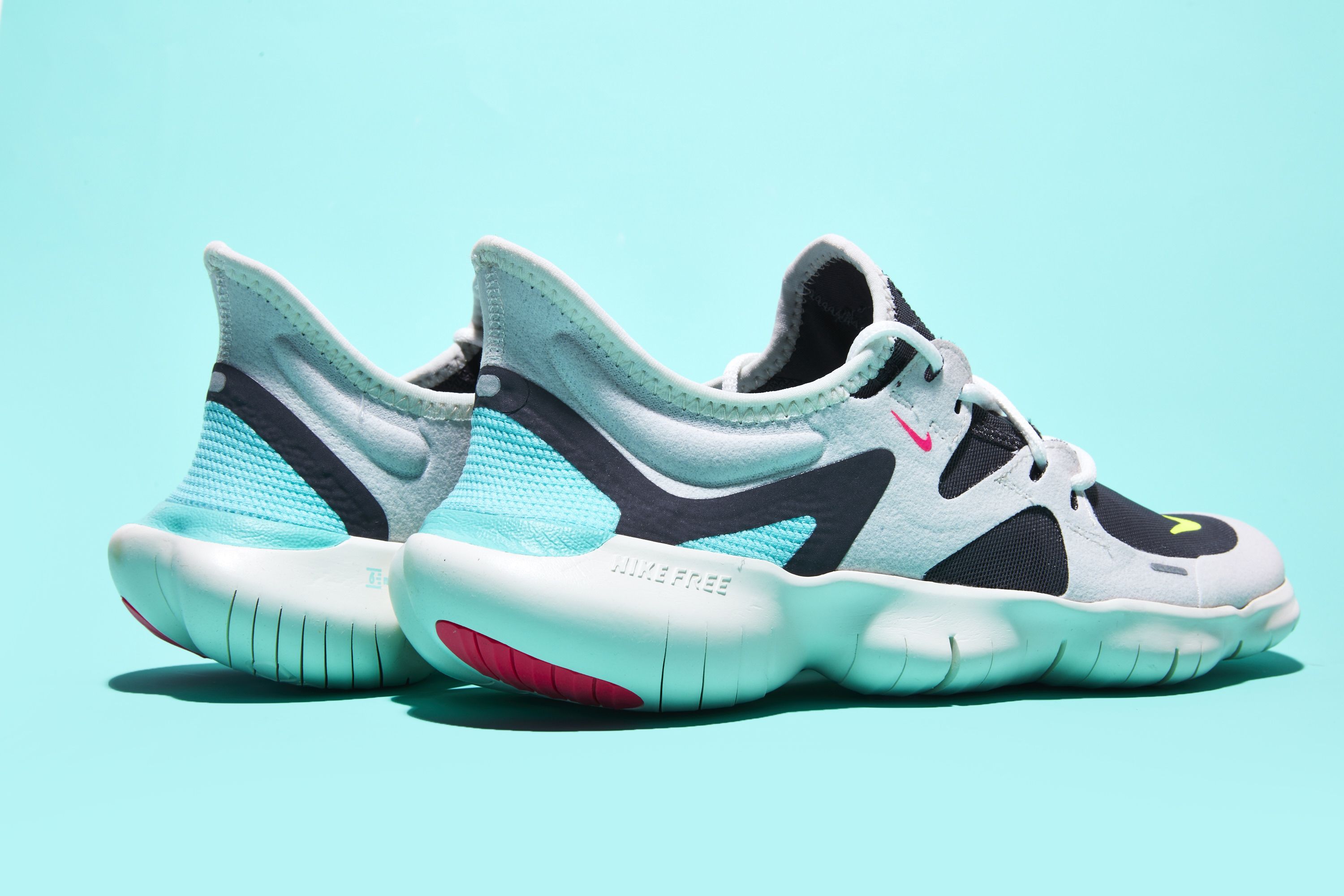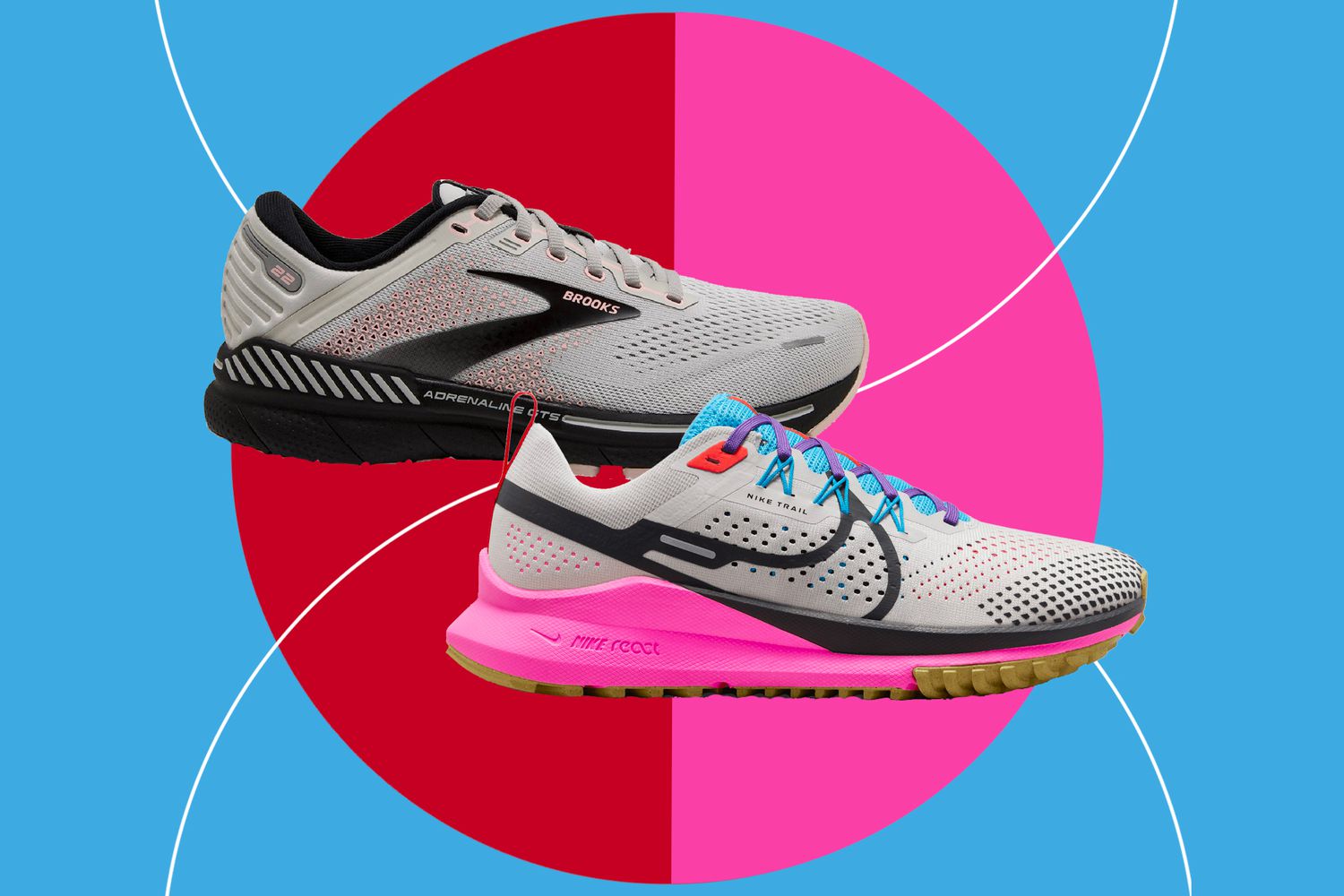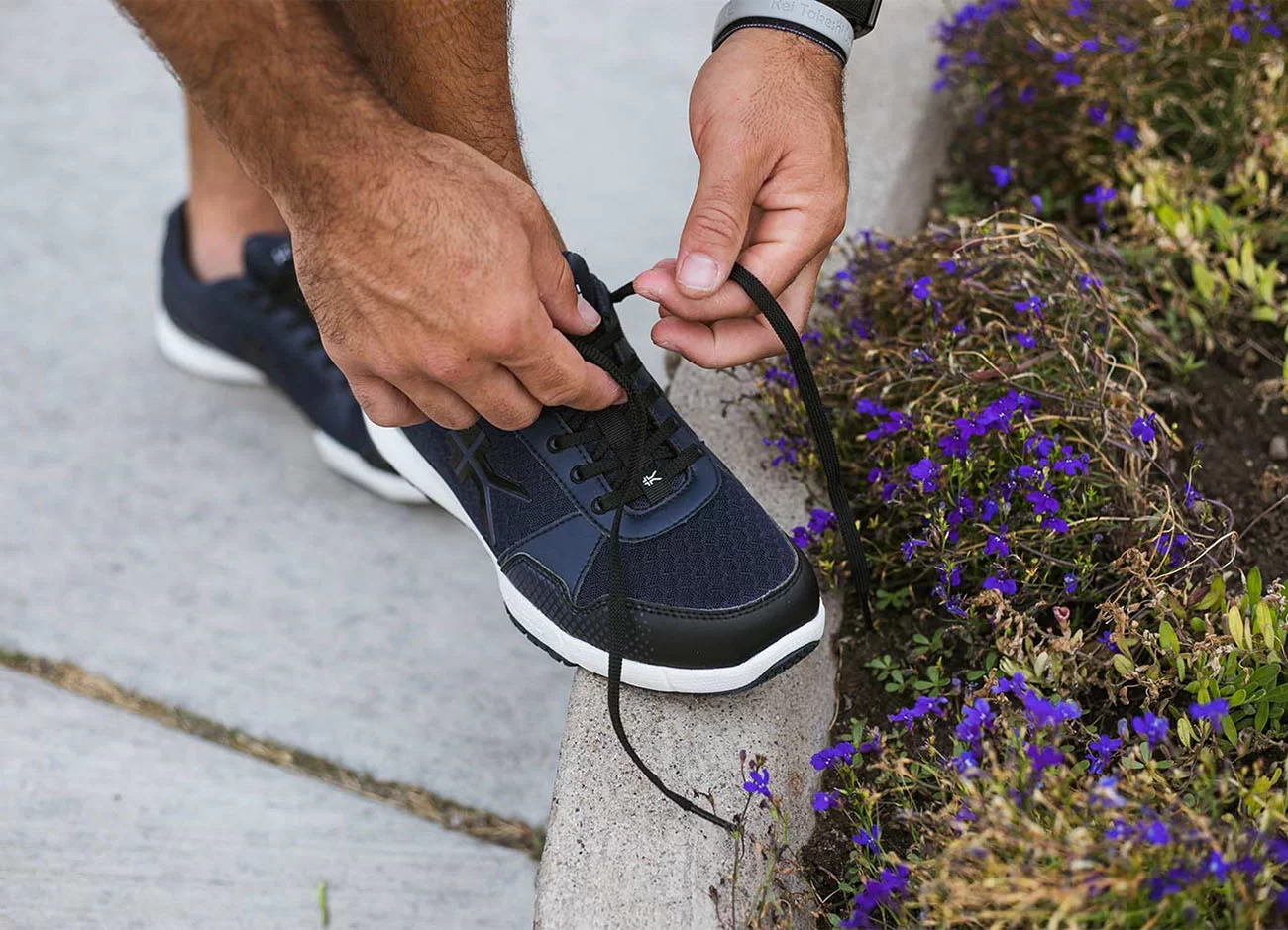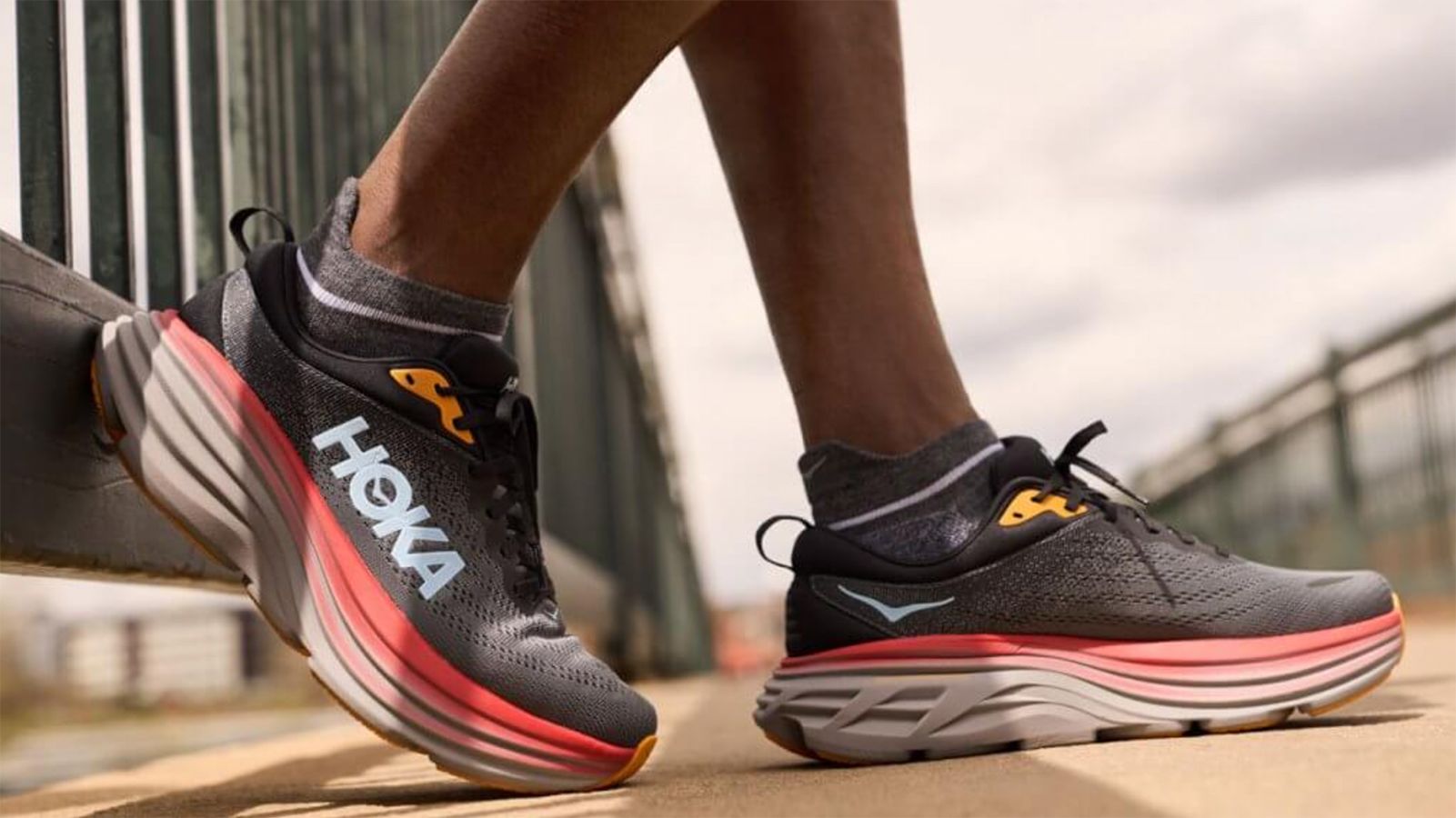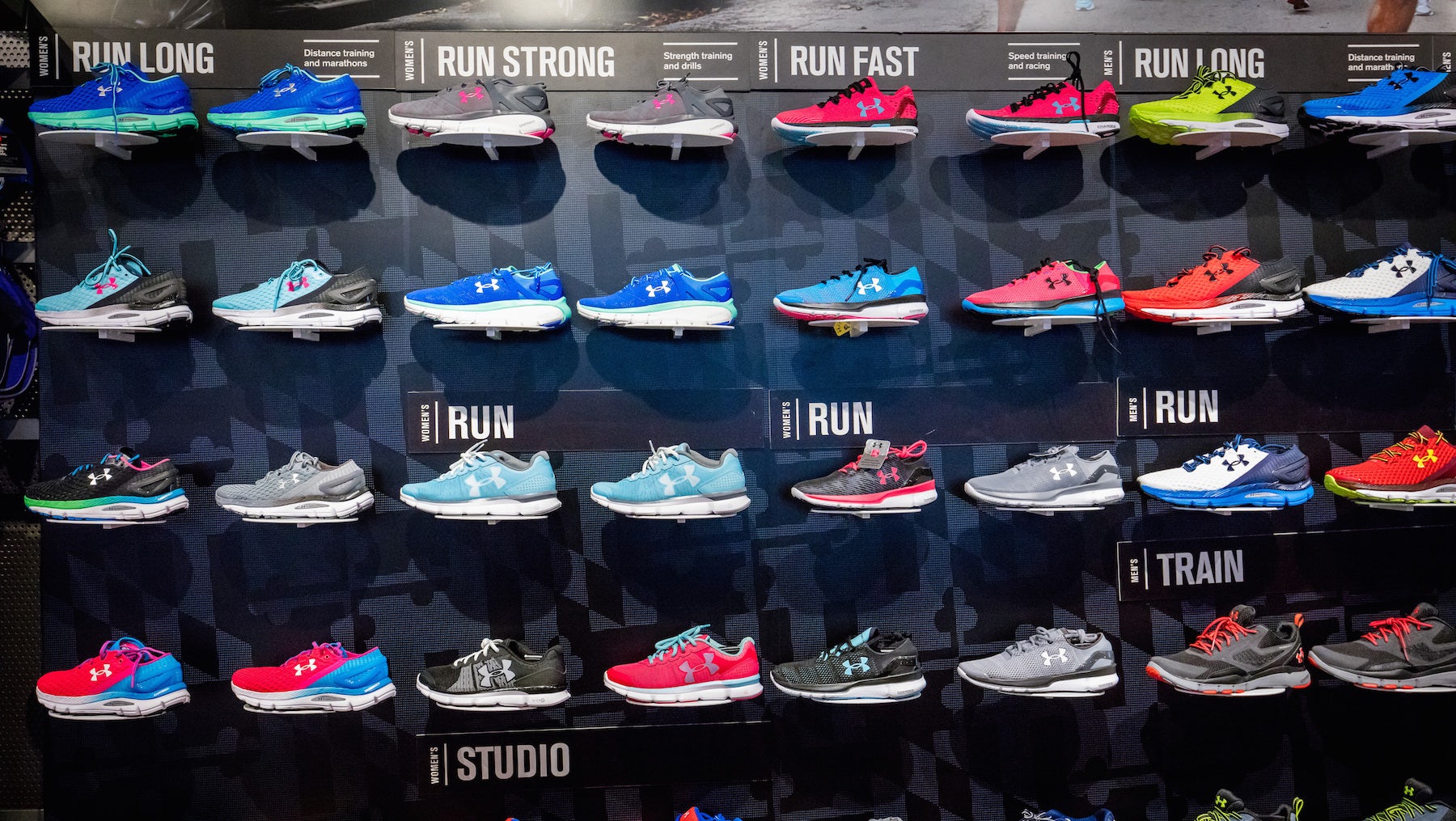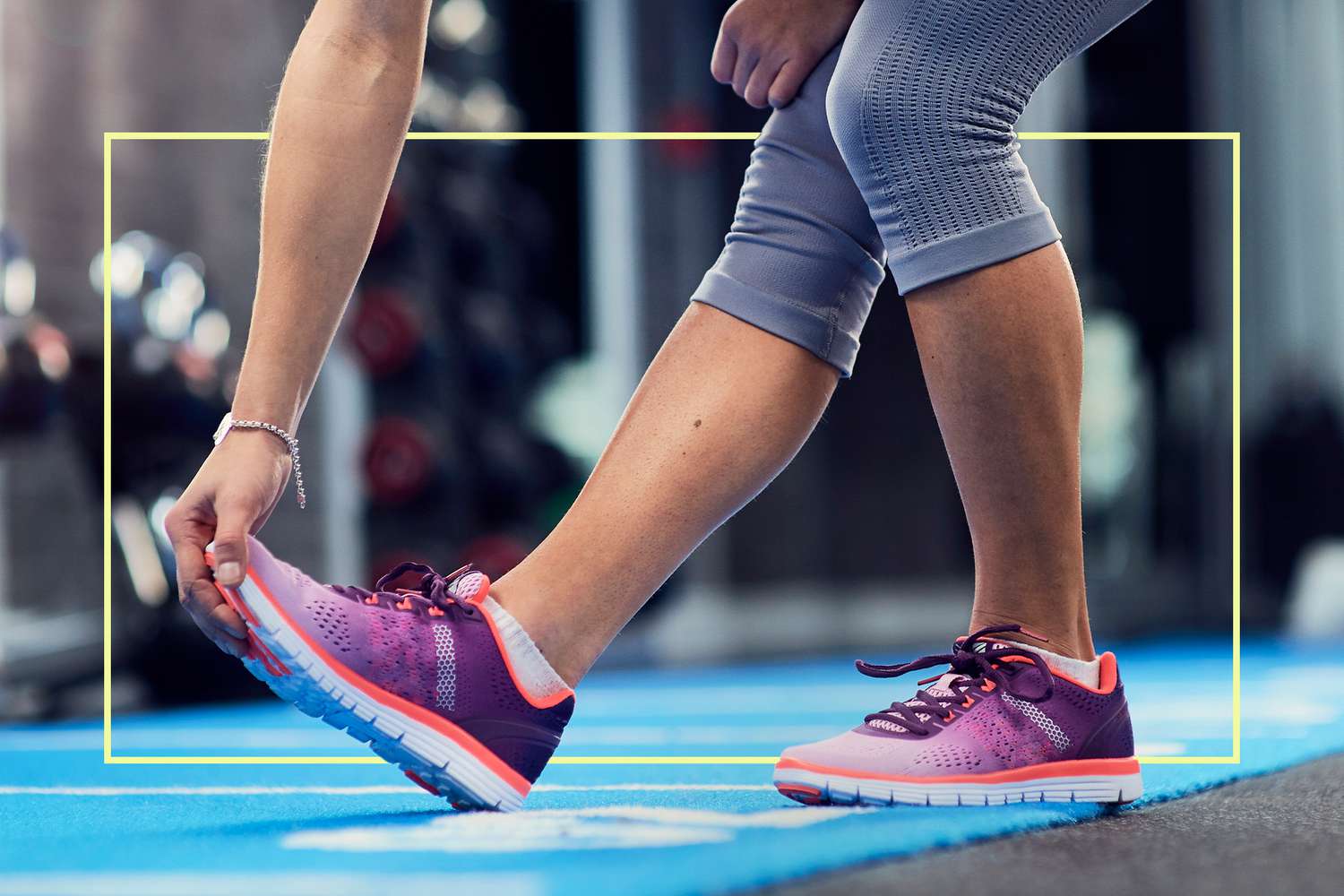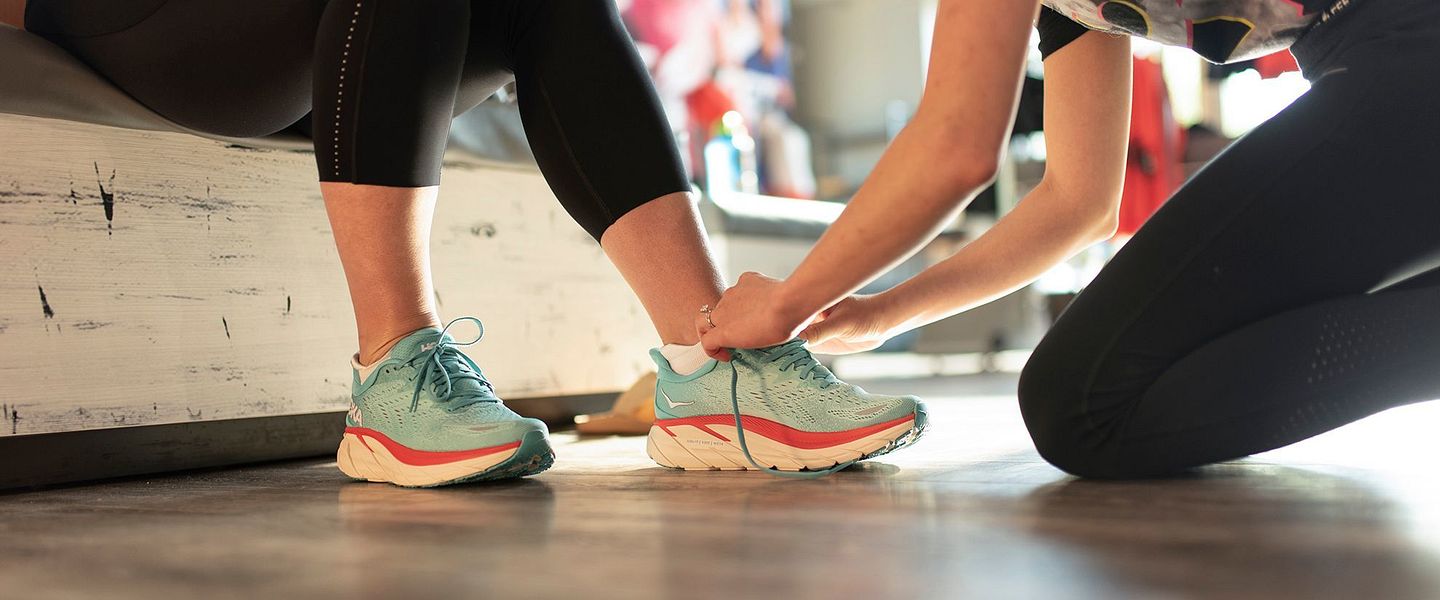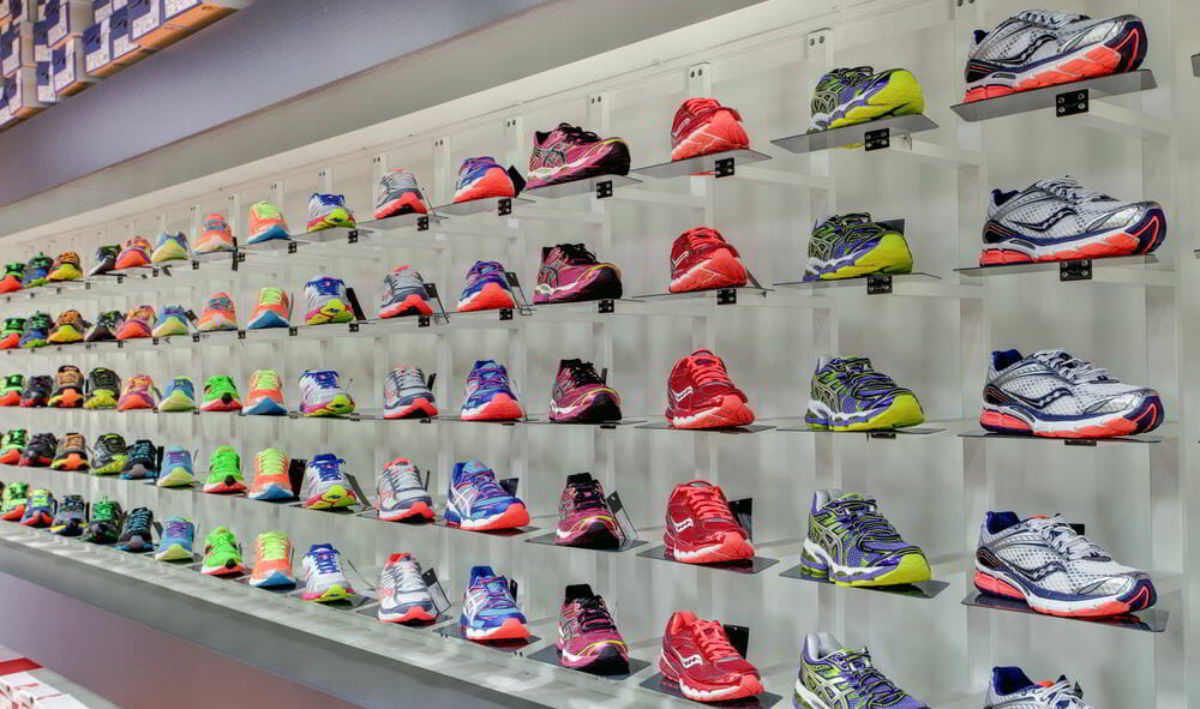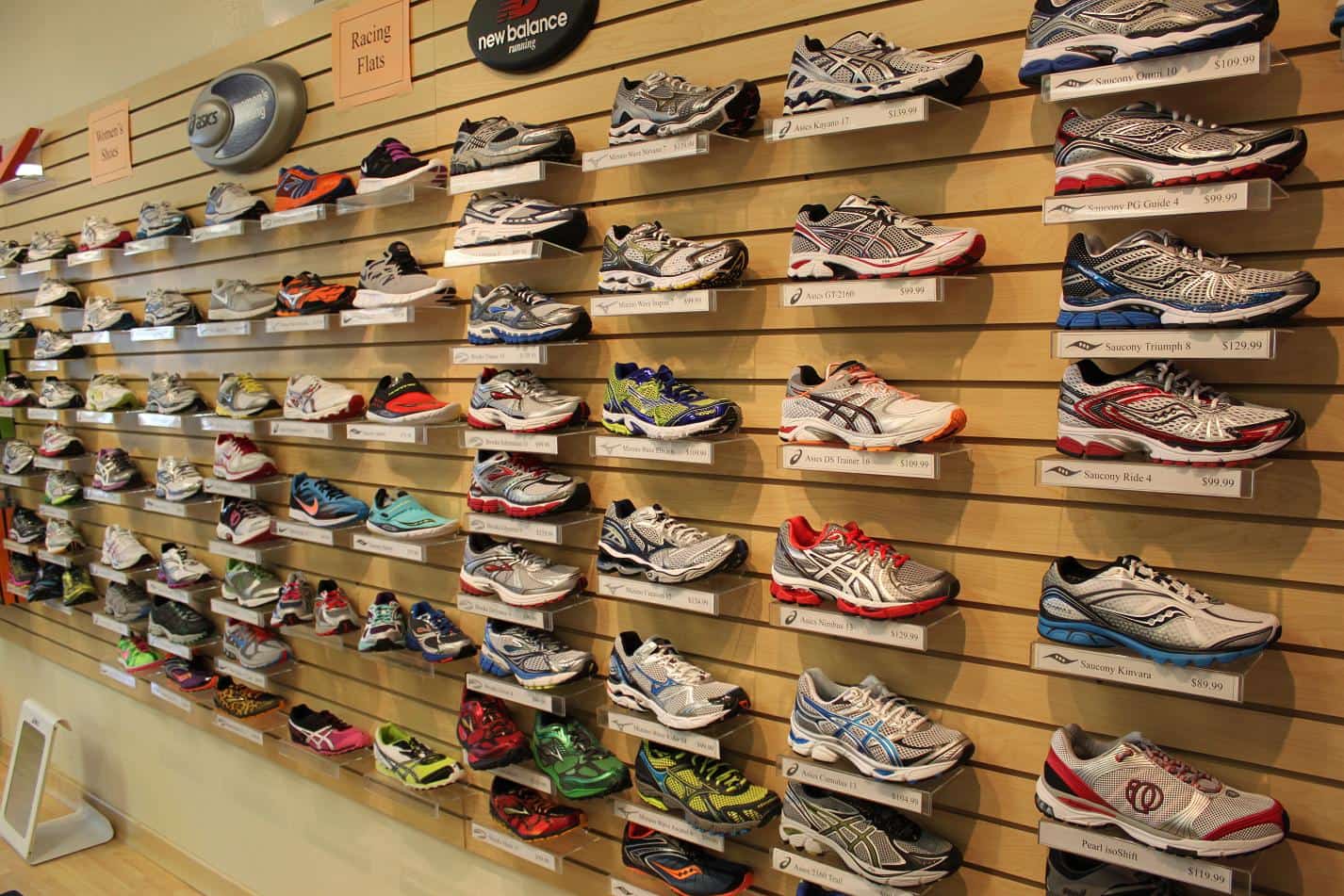Home>Misc>Product Reviews>How To Decide What Running Shoes To Buy
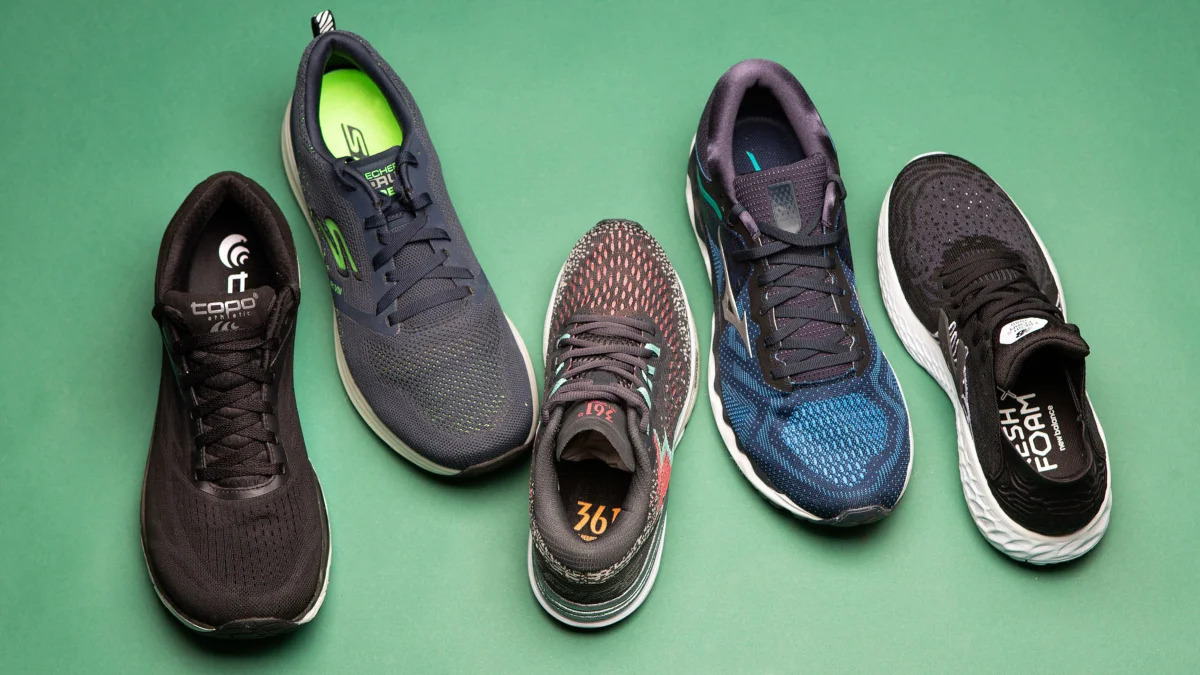

Product Reviews
How To Decide What Running Shoes To Buy
Modified: May 22, 2024
Looking for running shoes? Read our product reviews to help you decide which ones to buy and get the best fit and performance for your runs.
Introduction
Choosing the right running shoes can make a world of difference in your running experience. The proper pair of shoes can improve your comfort, reduce the risk of injuries, and even enhance your performance. With so many options available in the market, it can be overwhelming to determine which running shoes to buy. However, by following a systematic approach and considering a few key factors, you can make an informed decision.
In this article, we will guide you through the process of choosing the perfect running shoes to suit your needs and preferences. We will walk you through the steps, from analyzing your running style and foot type to understanding shoe categories and identifying specific needs. Additionally, we will explore the importance of evaluating the fit and comfort, as well as considering the durability and price of the shoes.
Remember, investing time and effort into finding the right running shoes is crucial for your overall running journey. So, let’s dive in and discover how you can decide what running shoes to buy!
Step 1: Consider Your Running Style
Before delving into the world of running shoes, it’s essential to evaluate your running style. Everyone has a unique running gait, which affects the type of shoes that will provide the most support and comfort for you. There are three main running styles: neutral, pronation, and supination.
If you have a neutral running style, your feet land in a natural position with a slight inward roll. You have a neutral arch and can choose from a wide range of running shoes that offer cushioning and moderate support.
On the other hand, if you exhibit pronation, your feet roll inward excessively. This can lead to potential injuries. Individuals with pronation should look for running shoes that provide stability and motion control, which help correct the excessive inward roll.
Conversely, supination occurs when the feet roll outward during the running motion. This running style places extra stress on the feet and can cause various issues. If you supinate, you’ll need running shoes with extra cushioning to absorb shock and provide support.
Understanding your running style will help you narrow down the suitable shoe options. To determine your running style, you can visit a specialty running store or consult with a podiatrist. They often offer gait analysis, which involves observing your stride and foot movement while running on a treadmill. This analysis provides valuable insights into your running style and helps guide the selection process.
By considering your running style, you can identify the specific features and technologies that will enhance your running experience. Now that we’ve covered step one, let’s move on to step two: determining your foot type.
Step 2: Determine Your Foot Type
Understanding your foot type is another crucial step in choosing the right running shoes. Our feet come in different shapes and sizes, and knowing your foot type can help you find shoes that provide the right level of support and stability.
There are three main foot types: flat feet, neutral feet, and high arches.
If you have flat feet, your arches are low or non-existent, and your entire foot tends to make contact with the ground. As a result, you may overpronate, which means your feet roll inward excessively. Running shoes with firm arch support and motion control features are recommended for flat feet to help stabilize the foot and prevent injury.
Neutral feet have a natural arch that provides good shock absorption. If you have neutral feet, you can choose from a wide range of running shoes. Look for options that offer a balance of cushioning and support to enhance your running comfort.
Individuals with high arches have a more pronounced arch, which can lead to underpronation or supination. Underpronation means your feet don’t roll inward enough, causing the force to be distributed to the outer edges of your feet. Running shoes with ample cushioning and flexibility are ideal for high arches to compensate for the lack of natural shock absorption.
Determining your foot type is relatively simple. One way is to examine your wet footprints. Place your feet in water and step onto a piece of cardboard or a surface that will leave a clear imprint. If you see a complete foot imprint with no visible arch, you likely have flat feet. If you see a slight inward curve but still have a visible arch, you have neutral feet. And if you see a thin, curved imprint with a minimal foot contact area, you probably have high arches.
By understanding your foot type, you can select running shoes that provide the necessary support and alignment for your feet. Now that we’ve covered step two, let’s move on to step three: understanding shoe categories.
Step 3: Understand Shoe Categories
When it comes to running shoes, there are various categories available, each designed to cater to different types of runners and running conditions. Understanding these shoe categories can help you narrow down your options and find the perfect fit for your needs.
Here are the most common shoe categories:
- Neutral Cushioning: These shoes are designed for runners with a neutral gait and offer ample cushioning. They provide a smooth and comfortable ride, making them suitable for long-distance running or daily training.
- Stability: Stability shoes are specifically designed for runners who exhibit mild to moderate pronation. They offer support and stability to help correct the inward roll of the foot. These shoes are ideal for runners with flat feet or those who need additional stability during their runs.
- Motion Control: Motion control shoes are the most supportive and are intended for runners with severe overpronation. They have a firm midsole and features that help control the excessive inward roll of the foot. These shoes are recommended for individuals with flat feet and those who require maximum support and stability.
- Minimalist: Minimalist shoes, also known as barefoot or natural running shoes, aim to mimic running barefoot. They have minimal cushioning and a flexible design to promote natural foot movement. However, they are not suitable for everyone and require a gradual transition to avoid potential injuries.
- Trail Running: Trail running shoes are designed for off-road running on rugged terrains. They typically have a more aggressive outsole for better traction and durability to withstand the challenges of trails, such as rocks, roots, and uneven surfaces.
By understanding these shoe categories, you can narrow down your options based on your running style, foot type, and running conditions. This knowledge will help you find the shoes that offer the right combination of support, cushioning, and performance features that align with your needs. Now that we’ve covered step three, let’s move on to step four: identifying your specific needs.
Step 4: Identify Your Specific Needs
As a runner, it’s important to identify your specific needs when choosing the right running shoes. Consider factors such as the type of terrain you typically run on, your preferred running distance, and any existing foot conditions or injuries you may have.
If you often run on pavement or road surfaces, you’ll want to look for running shoes with good cushioning and shock absorption to reduce the impact on your joints. On the other hand, if you frequently run on trails or off-road terrains, consider trail running shoes that offer more traction and protection against uneven surfaces.
Are you a long-distance runner or someone who prefers shorter sprints? Long-distance runners may benefit from shoes with increased cushioning and support for added comfort during extended periods of running. Sprinters, on the other hand, may prefer lighter and more flexible shoes that allow for quick bursts of speed.
It’s also important to take any existing foot conditions or injuries into account. If you have plantar fasciitis, for example, you’ll want to look for shoes with excellent arch support and cushioning to alleviate pain and provide stability. Similarly, if you have Achilles tendonitis, shoes with a slightly elevated heel may help relieve stress on the Achilles tendon.
Take the time to assess your specific needs as a runner and prioritize the features that will benefit you the most. Think about the surface you’ll be running on, your running style, and any foot conditions or injuries you need to address. This will help you find running shoes that are tailored to your unique requirements.
Now that we’ve covered step four and identified your specific needs, let’s move on to step five: evaluating the fit and comfort of the shoes.
Step 5: Evaluate the Fit and Comfort
Once you have narrowed down your options based on running style, foot type, shoe categories, and specific needs, it’s time to focus on the fit and comfort of the running shoes. Proper fit is crucial for optimal performance and to prevent discomfort or injuries during your runs.
Here are some tips for evaluating the fit and comfort:
- Try them on: Visit a specialty running store and try on multiple pairs of shoes. It’s recommended to go in the afternoon or evening when your feet are slightly swollen from daily activities, as this will give you a more accurate fit.
- Wiggle room: Make sure there is enough space around your toes to wiggle freely. Your running shoes should have a thumb’s width of space between the end of your longest toe and the front of the shoe to avoid constriction and allow for natural movement.
- Arch support: Check if the arch support aligns with the natural curvature of your foot. It should provide enough support without feeling too tight or uncomfortable.
- Heel fit: Ensure that the heel of the shoe fits snugly and doesn’t slip up and down as you walk or run. A secure heel fit prevents blisters and provides stability.
- Walk or run in them: Take a few steps or even do a short jog in the shoes to assess their comfort and performance. Pay attention to any discomfort, rubbing, or pressure points.
- Consider orthotics: If you use orthotics or custom insoles, bring them along and try the shoes with them to ensure a good fit and proper support.
Everyone’s feet are different, so what works for someone else may not work for you. Trust your comfort and instincts when assessing the fit and feel of the shoes. Remember that a comfortable pair of running shoes can make all the difference in your performance and overall enjoyment of running.
Now that we’ve covered step five, let’s move on to step six: considering the durability and price of the shoes.
Step 6: Consider the Durability and Price
When deciding which running shoes to buy, it’s important to consider both the durability of the shoes and their price. While you want to ensure a shoe that will last you a reasonable amount of time, you also want to find an option that fits within your budget.
Durability is essential because running shoes undergo a significant amount of wear and tear, especially if you are a regular or avid runner. Look for shoes made from high-quality materials that offer good durability. Reinforced areas such as the toe box, outsole, and upper material can help increase the longevity of the shoes.
Consider the type of terrain you’ll be running on and the mileage you typically cover. If you frequently run on rough terrains or log high mileage, investing in more durable shoes may be beneficial. However, if you are a casual runner or run on smoother surfaces, you may not require shoes with maximum durability.
Price is another factor to consider. Running shoes can vary greatly in price, depending on the brand, features, and materials used. Set a realistic budget and try to find shoes that meet your requirements without breaking the bank.
Keep in mind that the most expensive option may not always be the best choice for you. Look for shoes that strike a balance between durability, performance, and price. Consider researching different brands and models, reading customer reviews, and comparing prices to make an informed purchasing decision.
It’s important to note that while it may be tempting to prioritize price over quality, investing in a good pair of running shoes can have long-term benefits. Proper support and cushioning can help prevent injuries and provide a more comfortable running experience, ultimately saving you from potential medical expenses and frustrations in the future.
Now that we’ve covered step six, let’s move on to step seven: seeking expert advice if needed.
Step 7: Seek Expert Advice if Needed
While you can gather valuable information and make an informed decision on your own, seeking expert advice can provide additional guidance and expertise when choosing running shoes.
If you’re uncertain about your running style, foot type, or specific needs, consider visiting a specialty running store. The staff there are knowledgeable and experienced in fitting runners with the right shoes. They can perform a gait analysis to assess your running style and provide personalized recommendations based on your needs.
Podiatrists and sports medicine professionals are also excellent resources for expert advice. They can evaluate your feet, analyze your running style, and provide insights into any underlying issues or concerns. They may even recommend custom orthotics or insoles to enhance your running comfort and performance.
Additionally, don’t hesitate to reach out to fellow runners, coaches, or online communities for recommendations and insights. Hearing about firsthand experiences and recommendations from other runners can be instrumental in your decision-making process.
Remember, expert advice can complement the research you’ve done and help you make a more confident decision. Having professionals guide you in selecting the right running shoes can ensure that you get the proper support and maximize your running potential.
Now that we’ve covered step seven, you have a comprehensive understanding of how to decide what running shoes to buy. By considering your running style, foot type, shoe categories, specific needs, fit and comfort, durability and price, and seeking expert advice if needed, you’re well-equipped to find the perfect pair of running shoes for your running journey.
Conclusion
Choosing the right running shoes is a crucial step for any runner looking to improve their comfort, prevent injuries, and enhance their overall performance. By following the seven steps outlined in this guide, you can make an informed decision and find the perfect pair of running shoes to suit your needs.
First, consider your running style, whether it’s neutral, pronation, or supination. Understanding your running style will help guide you towards the right shoes that offer the necessary support and stability.
Next, determine your foot type, whether you have flat feet, neutral feet, or high arches. This will further narrow down your options and ensure a proper fit and support for your specific foot shape.
It’s essential to understand the different shoe categories, including neutral cushioning, stability, motion control, minimalist, and trail running shoes. Each category caters to different running styles and preferences, so choose the one that aligns best with your needs.
Identify your specific needs as a runner, such as the type of terrain you run on, your preferred running distance, and any existing foot conditions or injuries that require special consideration.
Evaluate the fit and comfort of the shoes by trying them on, ensuring that there is enough space for your toes to wiggle and that the arch support and heel fit are suitable for your feet.
Consider the durability and price of the shoes, finding a balance between quality, longevity, performance, and your budget.
Lastly, if needed, seek expert advice from specialty running stores, podiatrists, or other experienced runners. Their expertise can provide additional insights and recommendations tailored to your specific needs.
By combining all these steps, you can confidently choose the right running shoes that will support you throughout your running journey, whether you’re a casual jogger or a seasoned marathon runner.
Remember, finding the perfect pair of running shoes may take some time and experimentation. Don’t be afraid to try different brands, models, and sizes until you find the ones that feel comfortable and enhance your running experience. With the right running shoes, you can enjoy your runs to the fullest while minimizing the risk of injuries. So lace up, hit the road, and enjoy your running adventures with the perfect pair of shoes for you!
